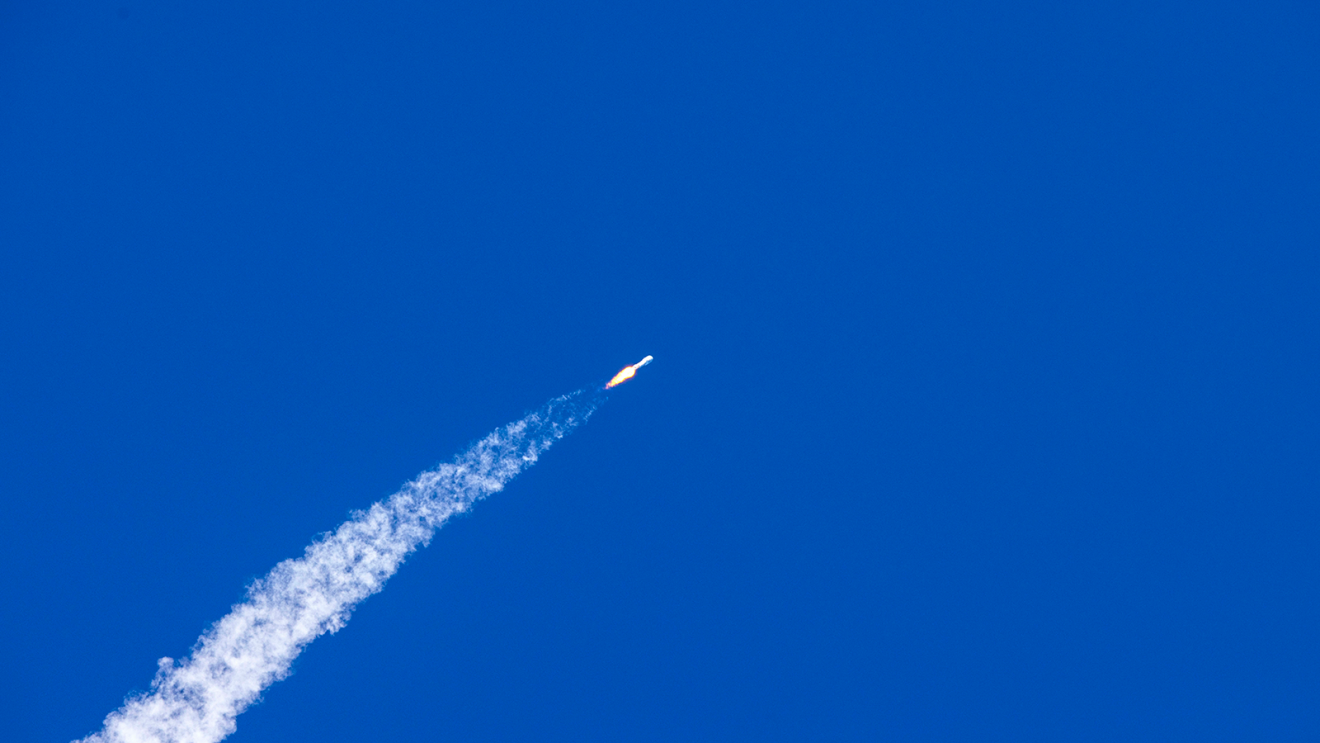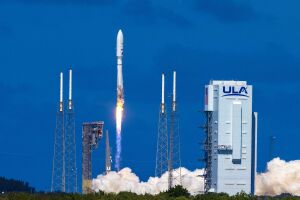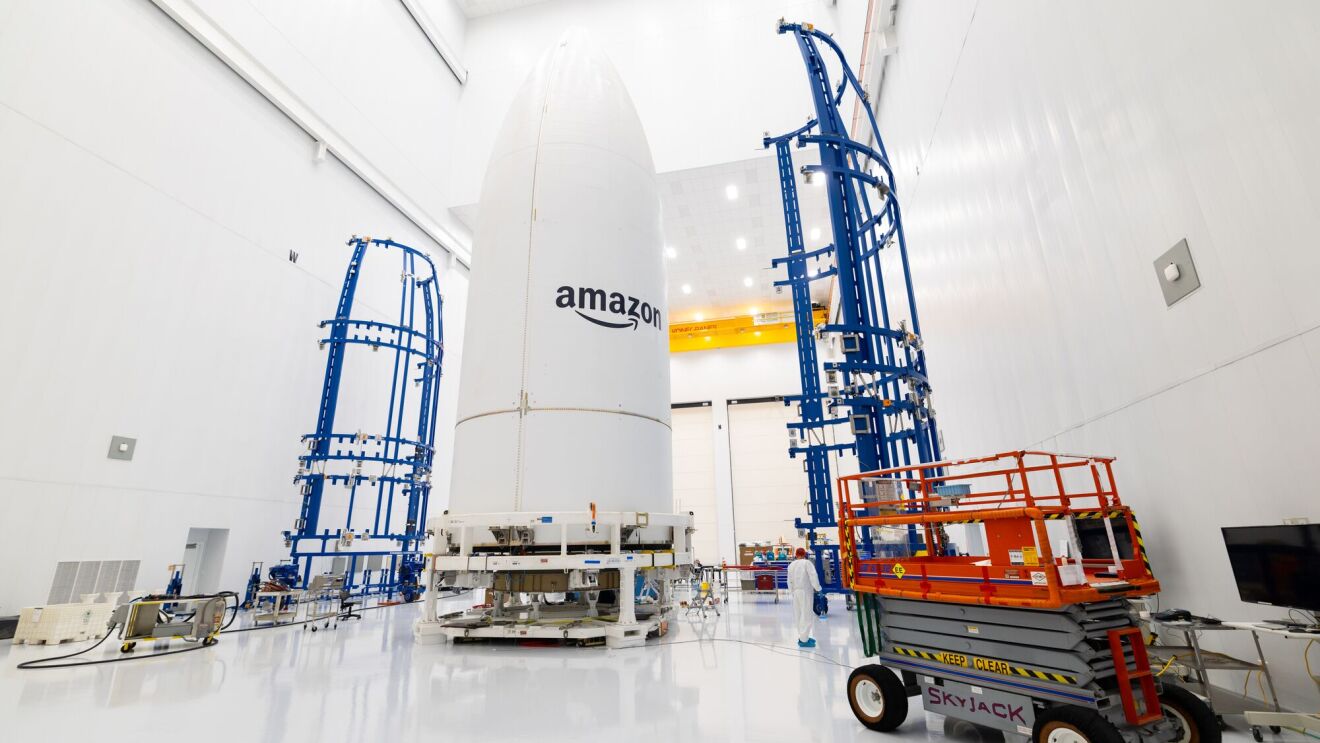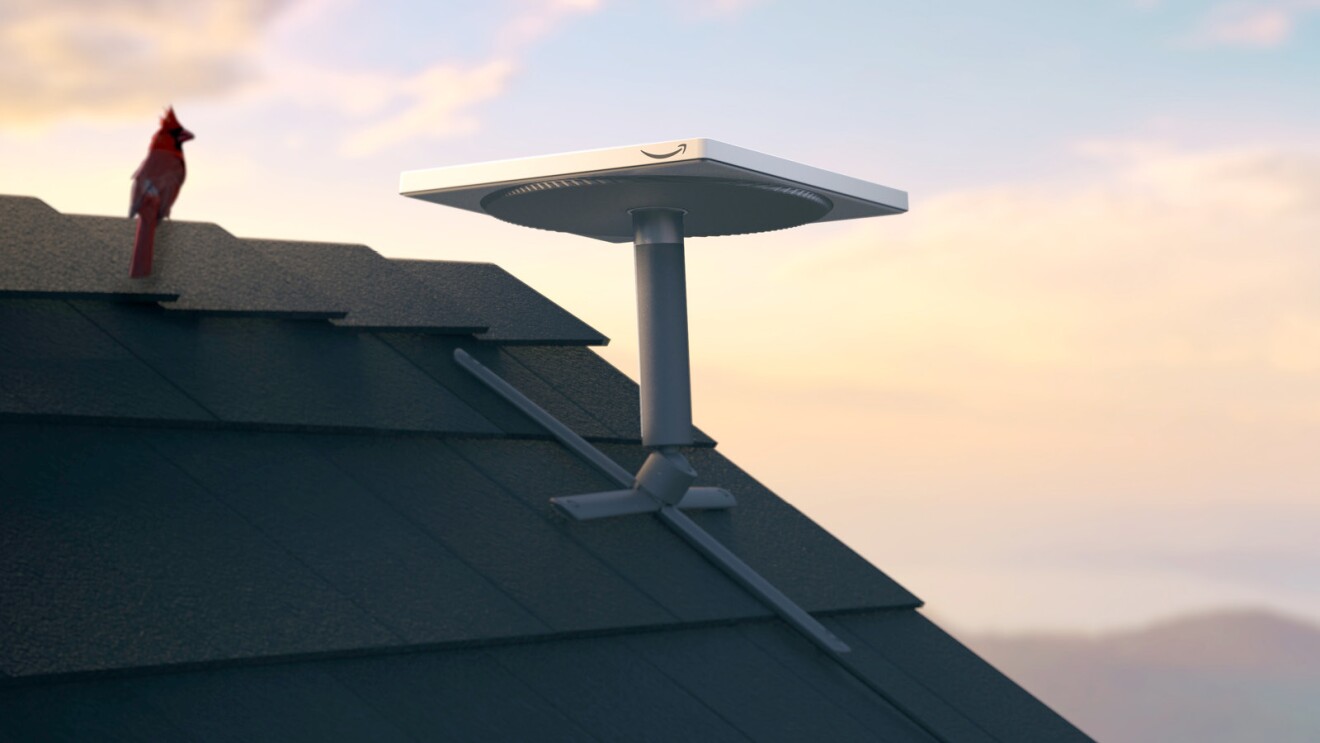Project Kuiper has demonstrated controlled satellite maneuvering in space using the electric propulsion system on board both of our prototype satellites—a custom Hall-effect thruster designed and built in-house by the Project Kuiper team and a propellant tank that holds enough krypton propellant for the mission. A recent series of test firings provided critical on-orbit data to further validate our satellite design, with each test returning nominal results consistent with our design requirements.
This milestone in our Protoflight mission is significant for Amazon and for those in the broader space community advocating for a safer, more sustainable orbital environment. It means our propulsion system has the performance and capacity required to raise satellites to their assigned orbits following launch and deployment, maintain their position in those orbits, maneuver them to avoid space debris and other spacecraft, and actively deorbit them at the end of their missions. The results reinforce Amazon’s positions that all satellites above 249 miles (400 kilometers) should include effective maneuvering capabilities and that satellite operators should share information about spacecraft movements to make operations in low Earth orbit (LEO) safer and more predictable.
“Space safety and sustainability have been fundamental to Project Kuiper since day 1, and our propulsion system is one of the first systems we built and tested in the lab,” said Rajeev Badyal, Project Kuiper’s vice president of technology. “Our custom thrusters are a prime example of Kuiper innovation, and using them to maneuver safely in space was a critical piece of our Protoflight mission. The positive results give us even more confidence in our plans to deploy and operate our satellite constellation.”
 Project Kuiper’s prototype satellites entered low Earth orbit on October 6, 2023.
Project Kuiper’s prototype satellites entered low Earth orbit on October 6, 2023.We designed the Kuiper System to operate between approximately 367 miles and 391 miles (590 km and 630 km) above Earth. These low altitudes improve the speed and performance of our connectivity services and allow for a safer, more reliable deorbit at the end of each mission. If our satellites did not have active propulsion, Earth’s atmosphere would naturally drag them into lower orbits over time. Our custom-built propulsion system helps counteract that natural force and ensure we can safely and reliably operate each satellite within 5.6 miles (9 kilometers) of its assigned altitude.
Our electric satellite propulsion system is also designed to be highly efficient in its use of propellant. By using less propellant for each satellite maneuver, we can extend the life of each satellite in our constellation while adhering to our high standards for safety and sustainability. At the end of the mission, our propellant tank is designed to burn up in the atmosphere during reentry so it does not become a source of debris.
Trending news and stories










